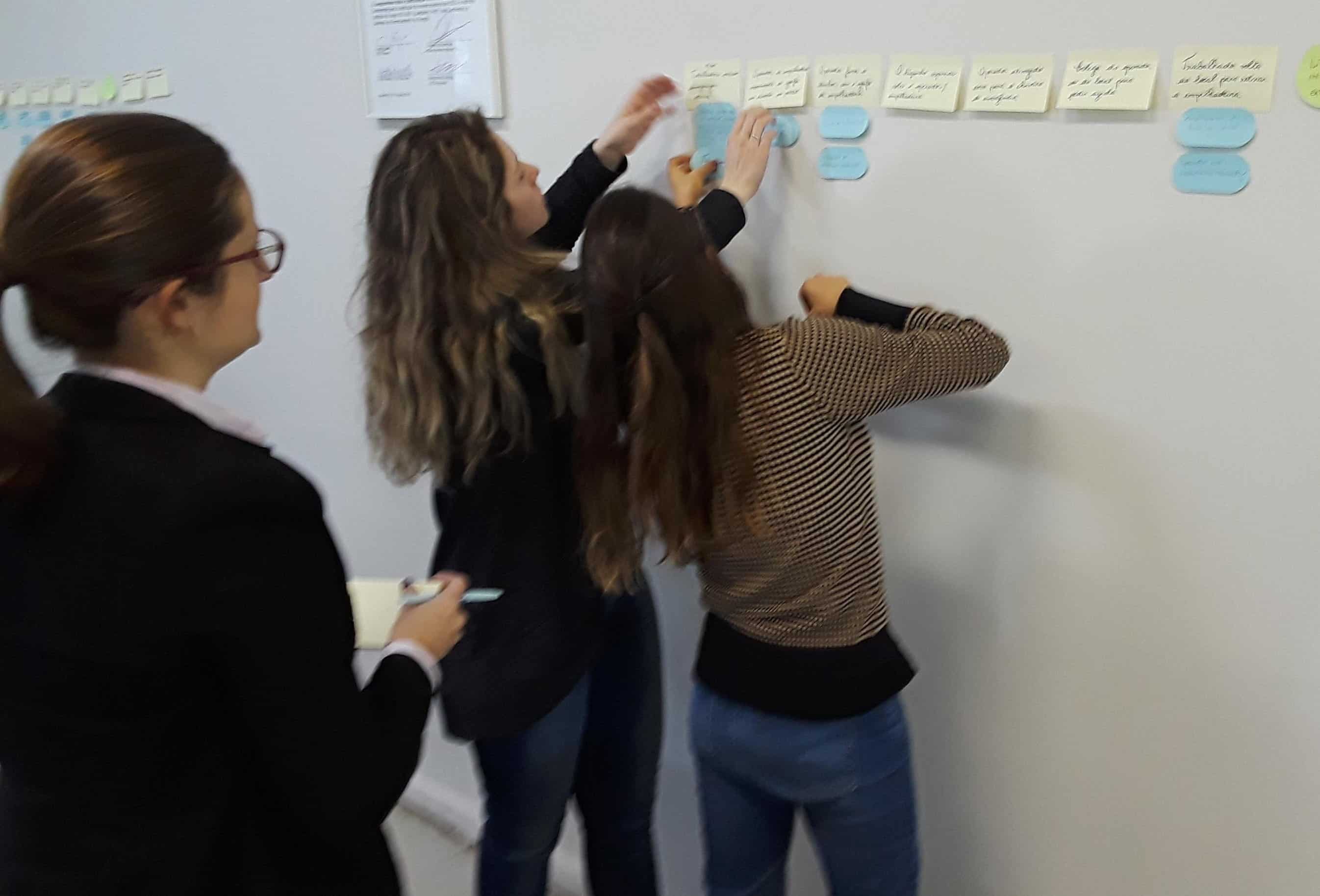5-Whys RCA: Are You Dissatisfied? A TapRooT® TV Video Premiere

If you use 5-Whys for your root cause analysis (RCA), have you found yourself wondering, Why am I dissatisfied with my results?
In today’s TapRooT® TV video premiere, we looked at the three main problems with 5-Whys RCA and saw how another technique, TapRooT® Root Cause Analysis, produces a more thorough root cause analysis.
If you missed the video premiere, we’ve posted the video below so you don’t have to miss the fascinating discussion between TapRooT® professionals Benna Hughes and Mark Paradies concerning these three major drawbacks of 5-Whys RCA and the reasons why the drawbacks may cause you to be dissatisfied with 5-Whys RCA:
- Focus on a single root cause
- Confirmation bias
- No guidance to find the causes of human errors
Join TapRooT® TV video premieres via YouTube or Facebook Live around 2:00 pm every Wednesday. If you cannot make the video premiere, access the video later on YouTube or Facebook Live, or access the TapRooT® podcast channel on iTunes, Stitcher, and more.
We don’t find it surprising that you find 5-Whys RCA lacking
The lack of effectiveness of 5-Whys RCA has been shown in both simple and major investigations. Even smart, well-trained users (Like Taiichi Ohno, himself) frequently jump to conclusions, follow a single root cause trail, and fail to adequately analyze the causes of human error.
That’s why we find it so surprising that people still recommend 5-Whys RCA because it is “easy.” Easy but wrong is the wrong answer when you are counting on your root cause analysis to save lives, stop injuries, improve equipment reliability, or stop quality issues. When human life is at stake, can you really afford to use root cause analysis that is lacking for safety, best practices, incident investigations? There are other techniques that are easy but effective.
Let’s look at one of the most famous 5-Why examples (used by Taiichi Ohno, who created the 5-Whys RCA technique). He is quoted using the following 5-Whys example to teach 5-Whys to others.
Here is the example:
1. “WHY did the robot stop?”
The circuit has overloaded, causing a fuse to blow.
2. “WHY is the circuit overloaded?”
There was insufficient lubrication on the bearings, so they locked up.
3. “WHY was there insufficient lubrication on the bearings?”
The oil pump on the robot is not circulating sufficient oil.
4. “WHY is the pump not circulating sufficient oil?”
The pump intake is clogged with metal shavings.
5. “WHY is the intake clogged with metal shavings?”
Because there is no filter on the pump.
That’s it. The fifth WHY. Taiichi Ohno says the “Root Cause” is:
“NO FILTER ON THE PUMP.”
Would you call that a root cause? I wouldn’t.
What would the corrective action be? Probably to install a filter on the pump.
What is wrong with this root cause analysis?
To find out, we would have to dig deeper into the failed robot’s root causes. Check out Mark’s great article, “Are You Dissatisfied with 5-Whys Root Cause Analysis?” to delve further.
Join us every Wednesday at 2:00 pm for a new TapRooT® TV video premiere
Remember, tune in via YouTube or Facebook Live around 2:00 pm every Wednesday for a new TapRooT® TV video premiere. Find the TapRooT® podcast channel on iTunes, Stitcher, and more.
Register for TapRooT® Training
Contact us for on-site training at info@TapRooT.com or view our public courses.
Put the 2021 Global TapRooT® Summit on your team calendar
We’re excited about the keynote speakers and the new topics we will bring to you. The 2021 Global TapRooT® Summit will be in Knoxville, Tennessee, June 14 – 18. Take a look at the Pre-Summit courses, which will be June 14-15. Did we mention that registration for the Summit is now open?
Categories
Courses & Training, Human Performance, Implementation, Root Cause Analysis



